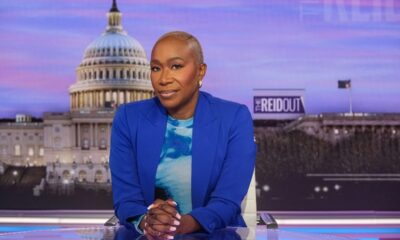Featured
How America’s Racial Hostility is Creating Fear on College Campuses
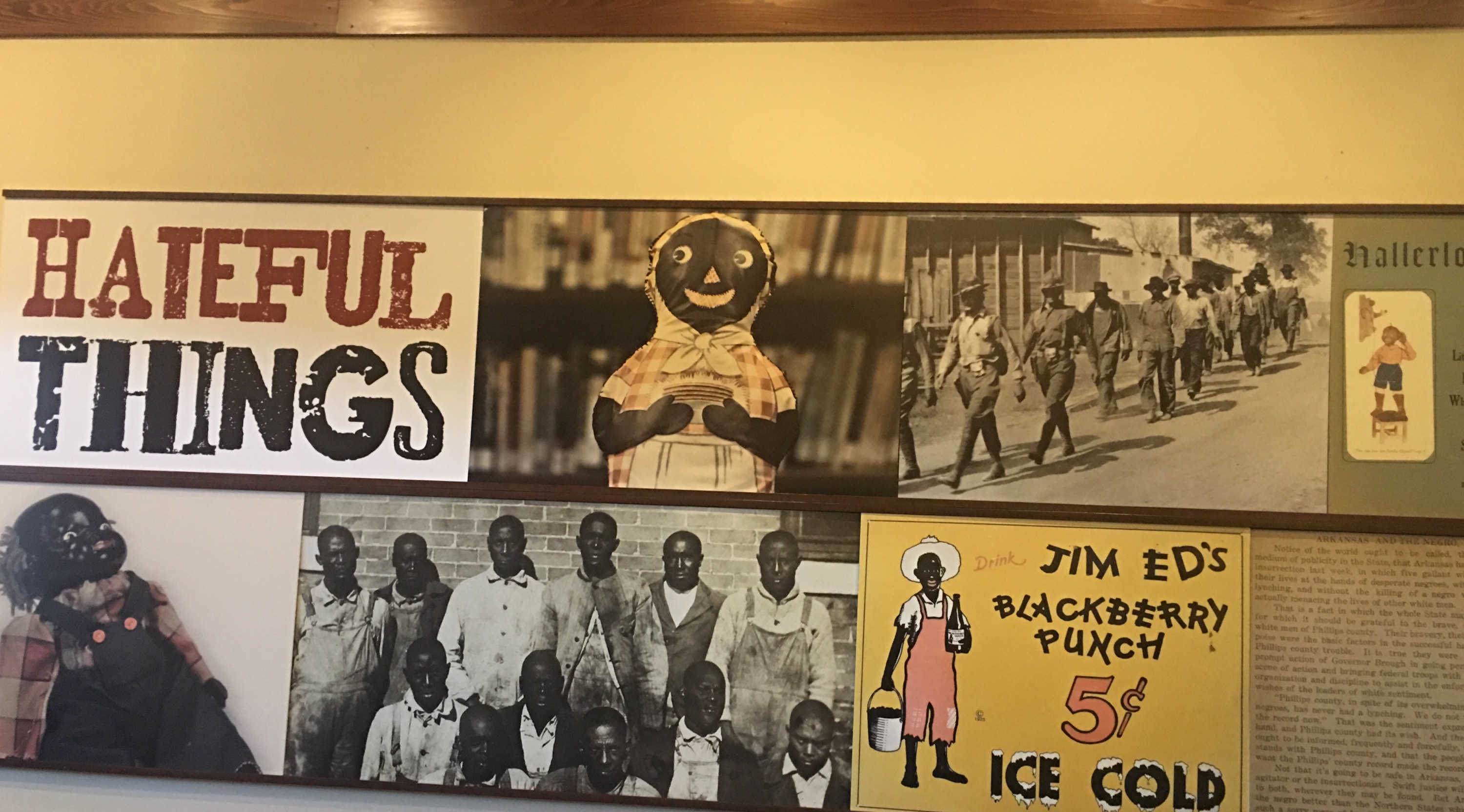
Syracuse University suspended four students today following a spate of racist incidents that rattled the campus community and brought its administrators under fire for their handling of the controversy which began in early November.
“The happenings I’m seeing and reading about now on SU’s campus break my heart,” said Jonathan Clarke, who graduated from Syracuse in the 1980s. “I’m disturbed immensely by the targeting of students of color and Asian students as well.”
Clarke said when he attended the University he worked with other “African Americans to gain equal footing in areas like student government”, but the overt hostility experienced recently by Black and Asian students did not occur during his time at Syracuse. He does remember that he and a friend were pulled over by a police officer “without cause” but Clarke recalled that he never felt unwelcome.
What happened at Syracuse University is happening on campuses around the country. For a student at Michigan State University, the days leading up to Halloween offered a frightening reminder of America’s long tradition of racial violence. According to The Journal of Blacks in Higher Education, a noose made of toilet paper was hung on the dormitory door. On social media, one student posted a picture of the noose and commented, “There are only 4 black people on this floor. And yes, our door is the ONLY door that had this on there.” The University says it investigated the incident and determined it was a “Halloween prank.”
The Unexpected Instructor
In June the Anti-Defamation League reported that white-supremacist recruitment efforts on college campuses had increased for the third straight year, with more than 313 cases of white-supremacist propaganda recorded between September 2018 and May 2019.
Recently, a Los Angeles mother talked with CNN about her concern that white supremacists are recruiting white teenage boys for hate groups. Joanna Schroeder says they are using “coded words” and memes on social media to lure boys. Schroeder has two sons, an 11-year-old and a 14-year-old, who she sits down with and views their Instagram feeds.
“It’s such a good tool for parents, because there’s no blame there,” Schroeder told The Washington Post.
She characterizes the outreach as “desensitizing our kids to things they should be sensitive to…and actively laying groundwork” for increasing the membership rolls of hate groups.
Stop the Crow
Yet, the racial hostility is not confined to academic environments and teenage boys are not the only ones receptive to the white supremacist message. In public places around the nation Black Americans are being harassed and targeted with incidents captured on camera and shared via social media. Reports of hate crimes are on the rise and many scholars are drawing comparisons between today and the Jim Crow era when Black Americans were routinely viewed through a prism of stereotypes that perpetuated continued degradation. The recent “Hateful Things” exhibit at the Mosaic Templars Cultural Center in Little Rock examined the impact, and with each new outrage the levels of frustration and fear increase.
“It is almost 2020, I am not under the illusion that this is post-racial America,” Carla D. Brown wrote in a social media post. Brown is the executive director of a nonprofit in New York City and a 1987 graduate of Syracuse. “We watched the “hoods” go right back on after the election of the 44th President of the United States Barack Hussein Obama.”

-
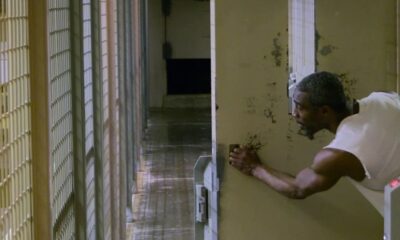
 Featured12 months ago
Featured12 months agoArkansas Sheriff Who Approved Netflix Series Says He Stayed ‘In His Lane’
-
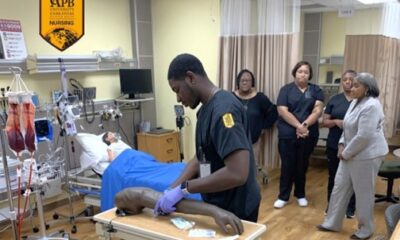
 HBCUS12 months ago
HBCUS12 months agoSenator Boozman Delivers $15 Million to Construct New UAPB Nursing Building
-
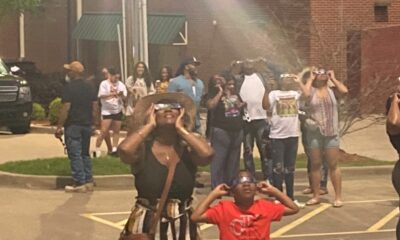
 News12 months ago
News12 months agoMillions In the Path of The Total Solar Eclipse Witnessed Highly Anticipated Celestial Display
-

 Featured9 months ago
Featured9 months agoCalifornia Is the First State to Create A Public Alert for Missing Black Youth
-

 Featured9 months ago
Featured9 months agoAfrican American Leaders Stay the Course Amid Calls for President Biden To Bow Out of Race
-

 Featured9 months ago
Featured9 months agoThe Debate Fallout Lands on Both Candidates


